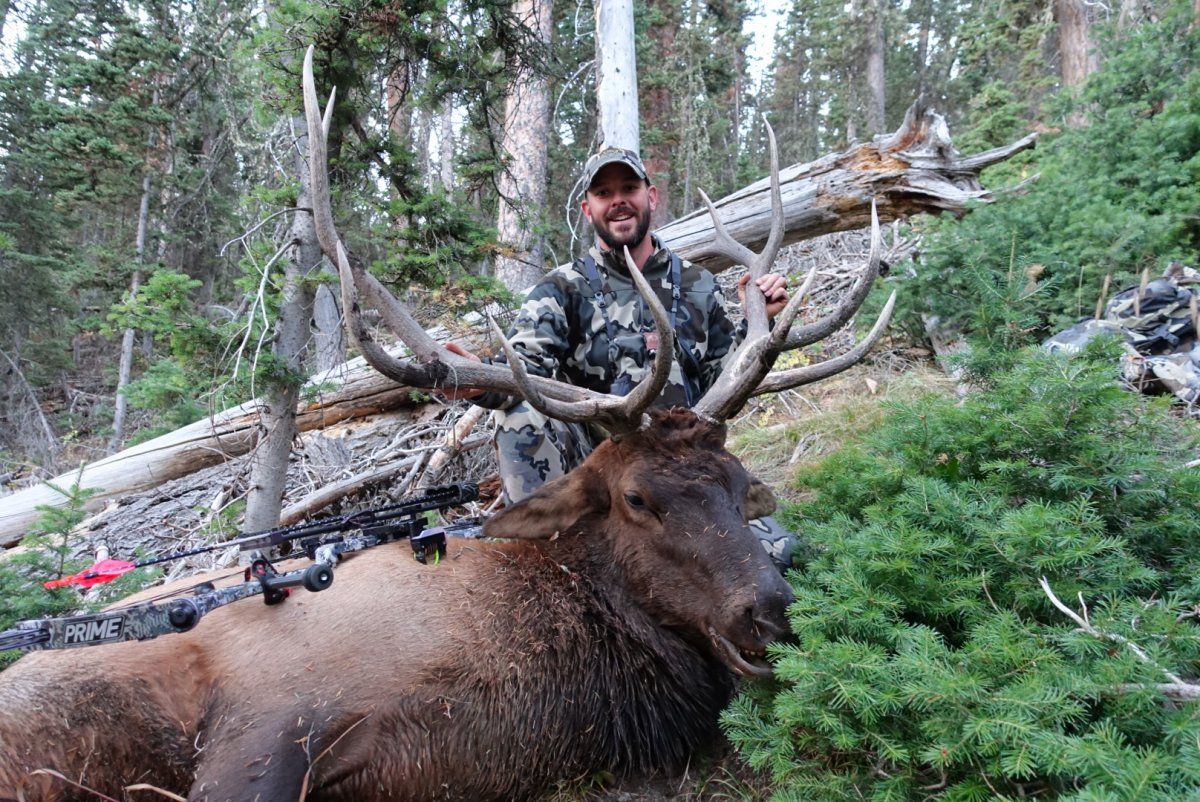Bowhunting is an ancient practice that has been refined over thousands of years, and it’s a unique and challenging way to pursue game. For those looking to embrace bowhunting, whether as a seasoned archery enthusiast or a complete beginner, there’s a lot to learn. But with patience, practice, and the right gear, bowhunting can become one of the most rewarding and immersive outdoor activities.
This guide will take you through the basics of bowhunting, from selecting your gear and preparing for the hunt to understanding hunting ethics and improving your skills. Whether you’re after whitetail deer, wild turkeys, or other game, this article will set you on the path to bowhunting success.
Understanding Bowhunting
Bowhunting is distinct from traditional firearm hunting because it requires a combination of physical and mental skills, including precision, stealth, patience, and a deep understanding of animal behavior. Unlike firearms, which allow for a longer-range shot, bows require hunters to get up close and personal with their prey, usually within 20 to 40 yards. This added challenge makes bowhunting one of the most exhilarating ways to hunt, but it also demands higher skill levels in shooting, stalking, and patience.
Step 1: Choosing Your Bow
The first step to getting started in bowhunting is choosing the right bow. There are two primary types of bows used in hunting: compound bows and traditional bows (such as recurve and longbows).
Compound Bows
- Design: Compound bows are the most popular choice for modern bowhunters. They feature a system of pulleys and cams that provide a mechanical advantage, making the bow easier to hold at full draw, increasing accuracy and power.
- Advantages: Compound bows are versatile, powerful, and efficient, making them ideal for hunting larger game like deer or elk. They are adjustable in terms of draw length and draw weight, which allows for customization to suit the individual shooter’s body type and preferences.
Traditional Bows (Recurve & Longbow)
- Design: Traditional bows, such as recurve and longbows, have a more classic design with no mechanical aids. Recurve bows are particularly compact, with limbs that curve away from the shooter, while longbows feature a single, continuous curve.
- Advantages: These bows offer a more “pure” form of archery, which many bowhunters appreciate. While they require more strength and skill to use effectively, they can be incredibly rewarding for those who enjoy the challenge.
Bow Sizing and Fitting
Regardless of the type of bow, it’s crucial to have it properly sized and fitted to your body. The draw length (how far you pull the string) and draw weight (how much force is needed to pull the string back) should be matched to your physical abilities. This ensures a smoother shot and prevents unnecessary strain on your muscles and joints.
Step 2: Selecting the Right Arrows and Broadheads
Once you’ve chosen your bow, the next step is to select the appropriate arrows and broadheads for the game you’re pursuing.
Arrows
- Material: Arrows come in three primary materials—aluminum, carbon, and wood. Most modern hunters prefer carbon arrows for their lightweight, durable properties.
- Length: The arrow length should be appropriate for your draw length. If an arrow is too short, it may not hit the target correctly, and if it’s too long, it may be difficult to shoot accurately.
Broadheads
Broadheads are the detachable tips of the arrows that are designed for hunting. They come in three basic styles:
- Fixed-Blade Broadheads: These are the most common and have blades that are permanently fixed to the arrow shaft. They’re highly durable and excellent for large game like deer.
- Mechanical Broadheads: These open upon impact and provide a larger cutting diameter. They can be a good choice for deer or smaller game.
- Expandable Broadheads: Similar to mechanical, but with blades that expand to create a larger wound channel.
Selecting the Right Broadhead
When choosing a broadhead, you’ll need to consider your hunting style, the type of game, and your bow’s power. Larger game may require heavier, fixed-blade broadheads, while smaller animals can be effectively hunted with lighter, expandable broadheads.
Step 3: Practicing Your Skills
Before heading out on a hunt, extensive practice is key. Unlike firearm hunting, bowhunting requires shooters to be extremely precise, both in terms of distance and shot placement. Here are a few practice tips to ensure you’re prepared:
Target Practice
- Distance: Begin practicing at various distances—start close to 10 yards, then gradually increase the distance as you become more confident. Eventually, practice out to 40 yards or more to simulate hunting scenarios.
- Form: Your stance, grip, and draw should be consistent. Focus on proper form—keep your posture straight, your elbow locked, and your bow arm steady.
- Shot Placement: When hunting, hitting the animal in a vital area like the heart, lungs, or neck is essential for a quick and humane kill. Practice these shot placements on targets that simulate the anatomy of the animal you plan to hunt.
Stalking and Shooting in the Field
Bowhunting is as much about being stealthy and understanding animal behavior as it is about hitting a target. Practice stalking through the woods, keeping a low profile and minimizing noise. Use the terrain to your advantage, and only draw your bow when you’re in a shooting position.
Step 4: Hunting Ethics and Safety
A big part of bowhunting is understanding and respecting the ethical standards of hunting. As a bowhunter, you’re responsible for ensuring that your hunt is ethical, humane, and legal. This includes:
- Shot Placement: Always strive for a clean, quick kill. If you aren’t confident in your shot placement or if the animal is too far, it’s better to pass on the shot than risk injuring the animal.
- Respect for Wildlife: Bowhunting is about a deeper connection to nature. Practice respect for the animal and the land by following all laws and regulations, and avoid over-hunting.
- Safety: Always wear appropriate safety gear like a harness when climbing into tree stands, and never shoot when you don’t have a clear line of sight to your target.
Step 5: Understanding the Best Times for Bowhunting
One of the joys of bowhunting is its seasonality. Each season presents different opportunities for hunters, and understanding the best times to hunt is essential. During the fall, when most deer are in rut, bowhunting can be especially productive. It’s also crucial to consider factors like the time of day (dawn and dusk are prime times) and weather conditions (overcast days often make for the best hunts).
Conclusion: The Challenge and Reward of Bowhunting
Bowhunting is an incredibly rewarding pursuit, but it requires dedication, skill, and patience. By selecting the right bow, practicing diligently, and respecting hunting ethics, you’ll set yourself up for a successful hunt. The experience of taking a deer, turkey, or other game with a bow is something that sticks with you—a reminder of the hard work, preparation, and connection to nature that went into the hunt.
So, whether you’re out on your first bowhunt or your hundredth, remember that bowhunting isn’t just about the kill—it’s about embracing the challenge, honing your skills, and being immersed in the wilderness.


